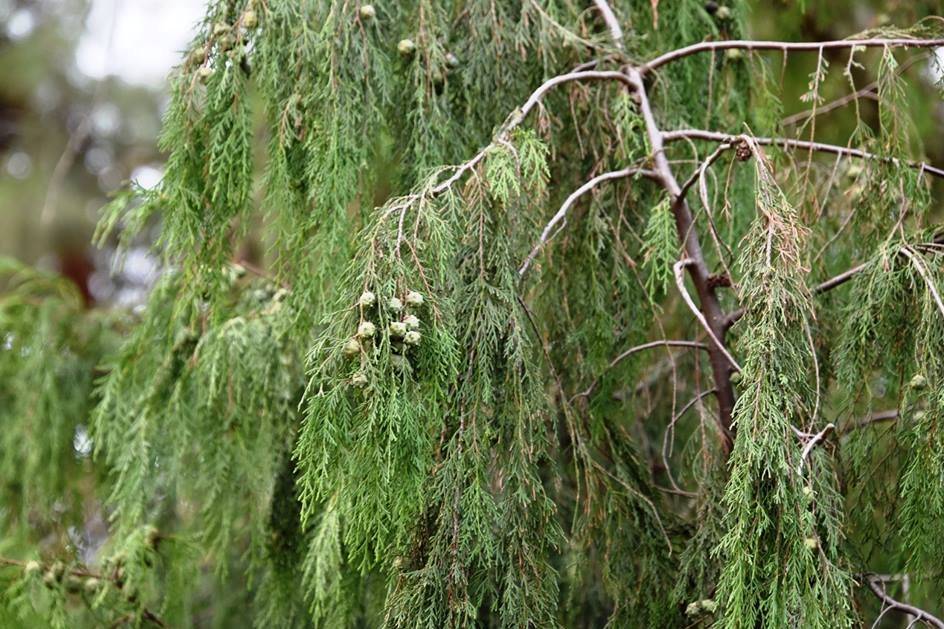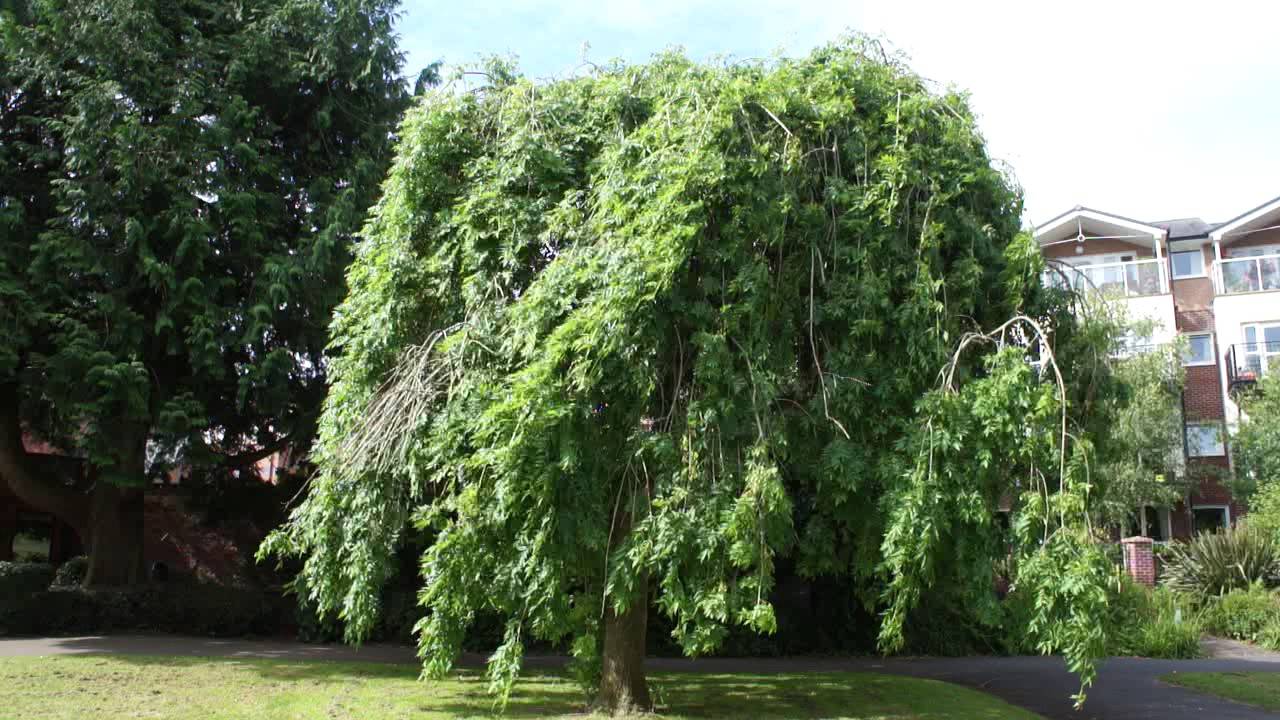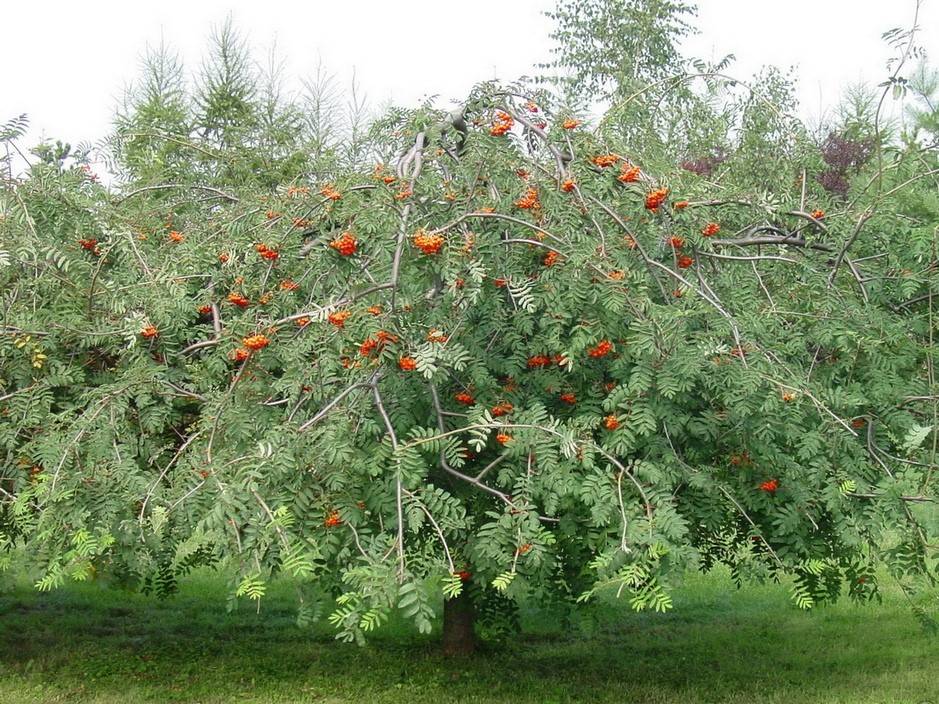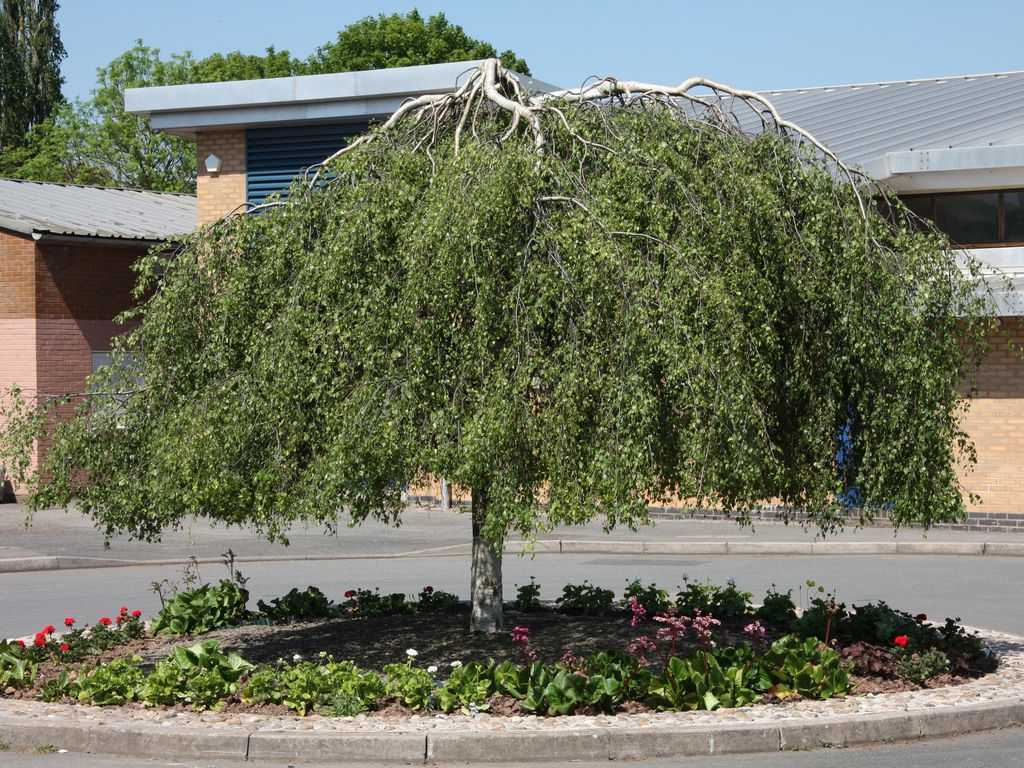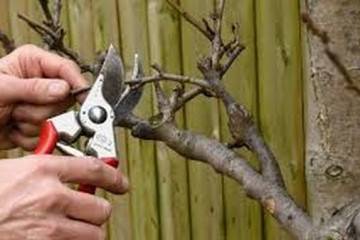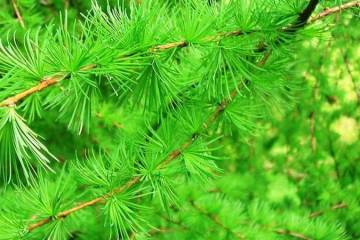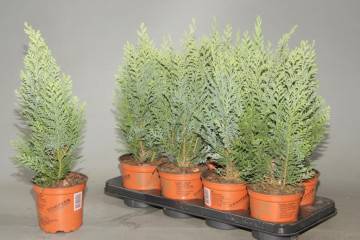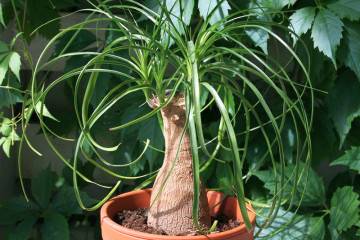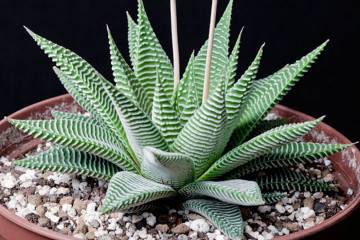Weeping larch and other weeping trees for the garden
Content:
Botanical classification assigns larch (lat. Larix) to the Pine family (lat. Pinales). It is the most widespread coniferous tree in the world, capable of living up to 900 years and growing up to 50 m in height. However, in gardens and parks, they do not use tall, but dwarf varieties, for example, weeping ones.
Weeping larch on a trunk in landscape design
Larch on a trunk is an ornamental plant. To get it, gardeners use pruning and grafting. As a result, the tree has a straight, even trunk and branches growing vertically downward.
Pendula larch on a trunk: planting and care
A variety of European larch - Pendula (Pendula) was discovered in 1836, then its description was given, after which it gained extraordinary popularity in landscape design. Its peculiarity is in the shape of a crown, which is cylindrical and weeping. With a height of up to 6-8 m, the crown diameter usually does not exceed 1 m with proper pruning.
The light-loving winter-hardy plant prefers alkaline, fertile, moist soil. The main crown formation occurs in the first 4 years after planting.
Larch pruning on a trunk
To get a stem of the desired shape, weak lower shoots are cut in the first 4 years in the spring. The upper branches are tied to the trunk for 3 years to obtain beautiful bends.
Compositions with larch on a trunk
To emphasize the beauty of an unusual tree, it is important to choose the right neighbors and companions for it. For example:
- simple composition - ferns or stonecrops are planted around the larch, the predominant color of which is green-blue;
- blooming composition - azaleas and rhododendrons are planted next to the ephedra in the southern regions, and broom, astilba are well suited in middle latitudes.
Weeping trees for the garden
More than a century ago, weeping plants became popular in European and Eastern gardens. Sometimes the weeping crown shape is created by nature, and sometimes it is made like this by cutting or artificial formation in nurseries.
Shrub or weeping willow
More than 600 species of willow are known, among which there are tree-like forms and shrubs. All have narrow long leaves, transparent flexible crown. The willow branches are thin and slightly pointed. Most representatives do not grow taller than 15 m, but there are also giants up to 40 m.
Willow trees and shrubs
The question often arises whether the willow is a shrub or a tree. The dispute about whether the willow is a shrub or a tree, biologists believe resolved in favor of the version that both forms take place. In the north of Russia, the bush willow is widespread, successfully resisting harsh winters. Exceptional unpretentiousness to soil allows it to grow everywhere.
Weeping cypress
The plant comes from China, but feels great in Central Russia. Its height can reach 20-40 m over the years, depending on the variety. Cascading thin shoots are covered with scaly leaves. Like other conifers, it perfectly heals the air, is undemanding to the soil and gas pollution of the atmosphere.
Weeping shrubs
With the help of grafting in garden centers, very interesting forms of familiar plants are created. This is how weeping ash, mountain ash and birch trees were obtained. Their buds are grafted so that the shoots growing out of them grow in a downward direction, not upward (as laid down by nature). Outwardly, such shrubs are very reminiscent of a weeping willow and look very impressive in the garden.
Weeping rowan
The common mountain ash (Latin Sorbus aucuparia) is a vigorous fruit crop that can grow up to 12 m in height. Grayish-red naked shoots, together with ripe bunches of red berries, look very beautiful against the background of a winter snow-covered garden, giving it a traditional Russian flavor. If you give the crown an unusual shape using reverse grafting, you can get a very interesting result.
Weeping ash
Usually, in natural conditions, ash trees grow up to 35 m. Their even, but not too thick trunks are harmoniously combined with a light, wide-round, transparent crown. Usually, the shoots of an ash tree are arched upward. With the help of grafting, they are directed downward, obtaining a very decorative result, but significantly shorter.
The weeping ash tree is a real living tent, under the canopy of which children love to play. In summer, it gives excellent shade. At first, after grafting, the branches grow horizontally, but later they still curl downward in arcs. Outwardly, a weeping ash tree that has flown around for the winter resembles an umbrella. It can be planted in open areas and in partial shade.
Weeping birch
Deciduous tree is very common in the temperate climatic zone. Almost all species are tall, reaching a height of 30-45 m, and a trunk girth up to 150 cm. In group plantings, it looks beautiful due to a lacy green crown and a whitish (silver or white) shade of the bark. The root system is powerful, providing the tree with moisture in the most severe drought.
A weeping crown is given to birches in the usual way - by reverse grafting. Such trees look very advantageous next to gazebos, reservoirs. It is best to plant in a well-lit area to avoid stretching the crown and ugly deformation. The culture is very unpretentious to the composition of the soil.
Three forms of the crown of weeping trees
Saplings of various ages may be on sale. Preference should be given to those of them that managed to overwinter at least 1 time after grafting on a trunk. This ensures that the plant in a new place will quickly start growing and successfully endure the next wintering.
When marking weeping forms of ornamental trees and shrubs, the following three symbols are adopted, showing the type of crown formation.
Reflexa
The branches are bent downward at the maximum angle. This shape is usually given to weeping willows. Breeders can add the same to different crops, often with interesting results.
Pendula
The most common form, highly demanded due to its narrow format. The plant is specially given a very compact size, which makes it easy to fit it into almost any garden or park landscape. In addition to willow, ash, mountain ash, birch can take the form of Pendula.
Inversa
The drooping crown looks extraordinary - the plant looks like it was dug out in a dense fabulous forest. This shape is given to the crowns of various conifers, after which the branches begin to hang down picturesquely to the very ground in cascades of different heights. From hardwood, ash lends itself to such molding.
Obtaining a standard weeping shape of the crown of a deciduous or coniferous tree or shrub is a creative process. The result is almost always slightly different from what is expected. That is why it is interesting. Experienced breeders know how to arrange grafts on a shamba, so that in the future the crown takes on a shape that is unlike the one laid by nature itself. In any environment, such trees do not go unnoticed.



